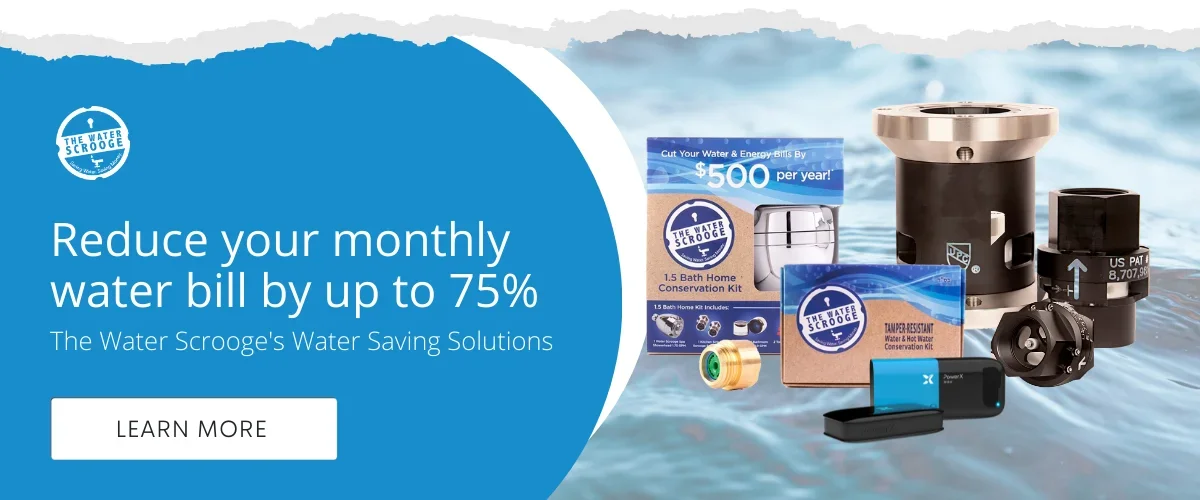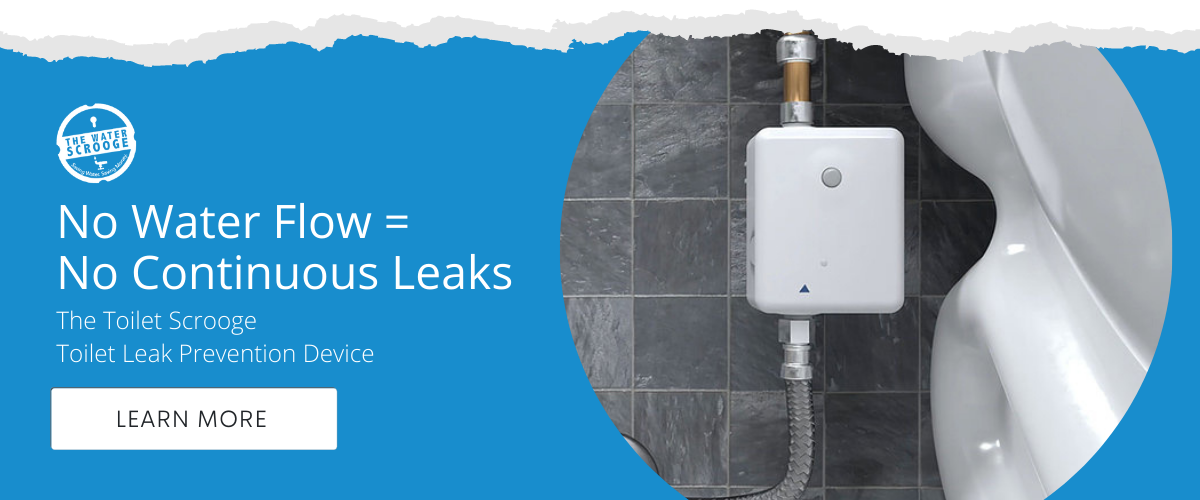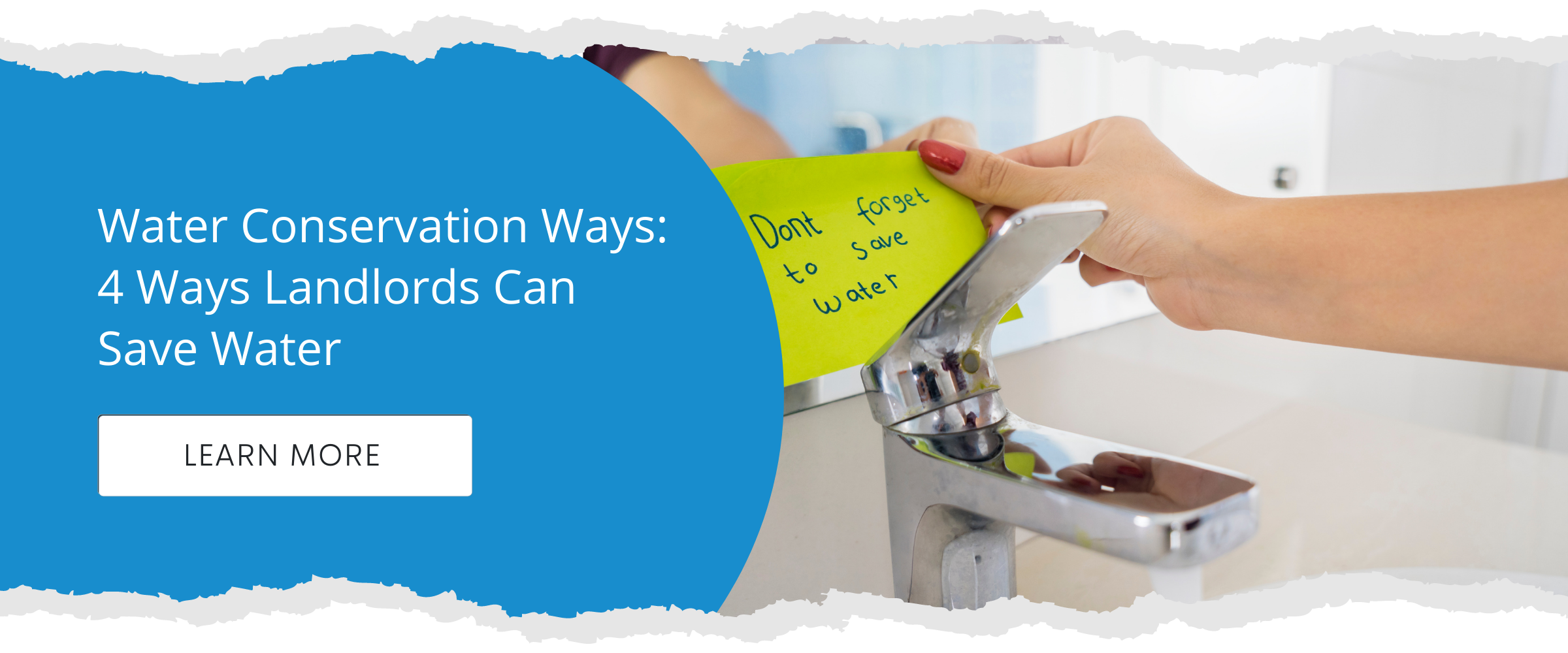
Water is a hot commodity.
In New York City, the cost for 100 cubic feet of water is $10.33.
When a landlord is responsible for tens or hundreds of units, those numbers can add up to more than $100,000, especially if there is excessive water consumption.
The hard truth is that a tenant is less likely to care about his water bill when he doesn't have to pay for it, and in the Big Apple, landlords are not allowed to charge tenants for water. This means that landlords and property managers need to find some creative and common sense ways to identify excessive water use for multi-tenant buildings.
Spotting Overuse With Some Simple Methods
While excessive use of water can lower your profits, there are plenty of ways to catch it before it becomes too large of a problem.
Many of these techniques require nothing more than some time on your part in order to understand whether your tenants are using water correctly, wasting water, or hosting leaks in their plumbing.
01. Know the Average Consumption Rates
Before a landlord can accurately monitor a bill, they have to know what they’re looking for.
The average tenant uses between 80-100 gallons of water a day. This includes everything from teeth brushing to dishes to flushing the toilet. Because of shared use, the second resident will only add 35 gallons per day to that unit. A third unit will increase it by another 25.
According to the National Multifamily Housing Council, the majority of apartments are occupied by at least two residents. Using that a baseline with the averages, you can safely assume that units with two people that use over 1350 gallons per day are using excessive amounts of of water. The trick is to notice what’s happening!
Some of your water-conscientious tenants will make up for the water-wasters, but if you find yourself over 160 gallons per day per unit of two people, this is a sign of a tenant wasting water. While you may not know exactly where the overuse is occurring, this is a quick and efficient way of identifying it as a problem.
02. Compare Your Previous Billing Cycles
Your bills are records and they can help you identify any large spikes in usage.
Each month, look at your bill for any large discrepancies. If the number of tenants hasn’t changed but the amount of water usage has climbed, that’s a sign that tenants may be using excessive water, or worse, you may have a leak.
Monitoring changes and analyzing the reasons could save you loads in the long run.
03. Watch Your Water Gauge
While your bill gives you an exact idea of water usage from month to month, it’s difficult to find a good way to know how much water your tenants use daily.
That’s where your water gauge comes in.
Reading a gauge can be difficult if you have a lot of tenants. With a personal property, you can turn off all the water throughout your house and then check for leaks, but getting 100 units to stop using water at the same time is nearly impossible.
Click here to learn more about cost effective alternatives for water flow management.
Instead, you should find the time where water consumption will be at its lowest and check the gauge then. Try 2:00 to 3:00 am on a weekday, when most of your residents are sleeping.
In a household, a slow drip in a faucet may not show on the water gauge. In an apartment complex, that drip probably isn't alone, and you’ll watch the leak dial race.
By monitoring during low-use times, your water gauge can give you daily insight into the water usage rates of your buildings, and if you monitor it frequently, you can have a decent idea of what's going on with your bill.
04. Educate Your Tenants
A low-cost method of curbing tenant water waste is knowledge. Although you’ll rarely find any immediate savings by teaching your tenants to minimize excessive water usage, if your monthly bill starts to lower over time, you may have identified an issue.
Many people don’t understand how to conserve water and when they realize the amount they use has no effect on their rent, it only fortifies their lack of interest. Because of this, you need to tie water conservation into things they care about. Avoid focusing on how much money could be saved for you, as their landlord, and appeal to their other interests, like environmental protection or conservation for future generations.
A few well-written bulletins around the building, pamphlets under the door, or even including a warning clause in the lease can go a long way toward helping tenants care about the utilities they're using. The bulletins/pamphlets can include signs of a leaking toilet or running faucet so that tenants can know what they’re actually looking at and hearing. Also, let tenants know that you're committed to fixing leaks and provide them with information for reporting leaks appropriately.
This process is meant for the long-term, but by teaching good water control, you can help all your tenants make better choices. Watch your bill over time and try to spot any changes. If this is the technique you’ve focused on, any large drops in water use can be attributed to new knowledge.
05. Plan for Plumbing Inspections
While it is possible that a tenant is wasting water, a lot of times, it’s leaks that cost you the most.
One in five toilets leak and that quickly ramps up your bill. Many tenants may not even notice a leak and some that do won’t report it.
To target leaks, add plumbing inspections into your lease. Whether they’re quarterly or semi-annual, they can save you an immense amount of wasted water by identifying and fixing leaks regularly.
Controlling Waste and Saving Money
It’s not easy for landlords to monitor excessive water consumption, but there are easy and affordable ways to lessen the financial burden that comes with wasted water.
If you’re looking for a passive technique to identify and stop leaks before they worsen, our innovative solution, the Toilet Scrooge™ can help. With it, you can receive wireless alerts when toilet and faucet leaks are occurring in different units resulting in an average of $500 saved per unit annually.
Water waste will always remain a challenge for property managers, but it can be reduced with a bit of time and some well-designed products.
About The Water Scrooge™
The Water Scrooge™ offers water conservation ways and products to multi-family landlords and homeowners, including: shower flow controllers, Leak Detection Systems, Toilet Leak Prevention Devices (The Toilet Scrooge™), water flow management devices (SMART Valve™), toilet calibration and DIY products.
Also featuring The Water Scrooge™ App. Our app empowers your team to carry out the installation of our kits. With it, you can also record and track data points about the units (other than water usage).





